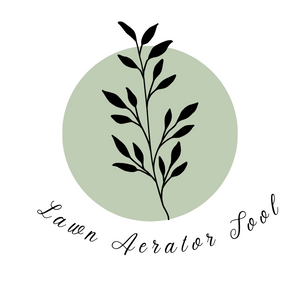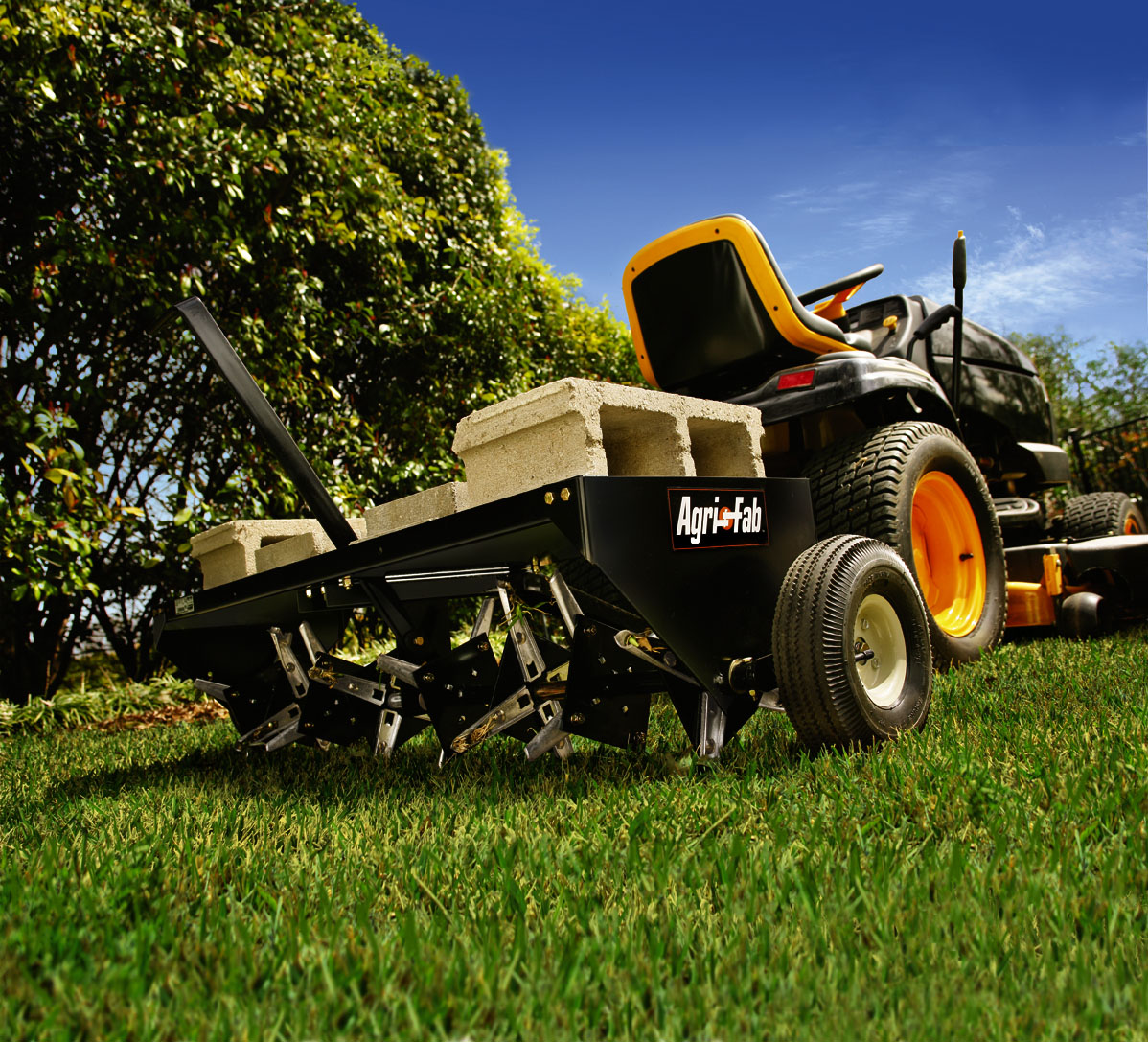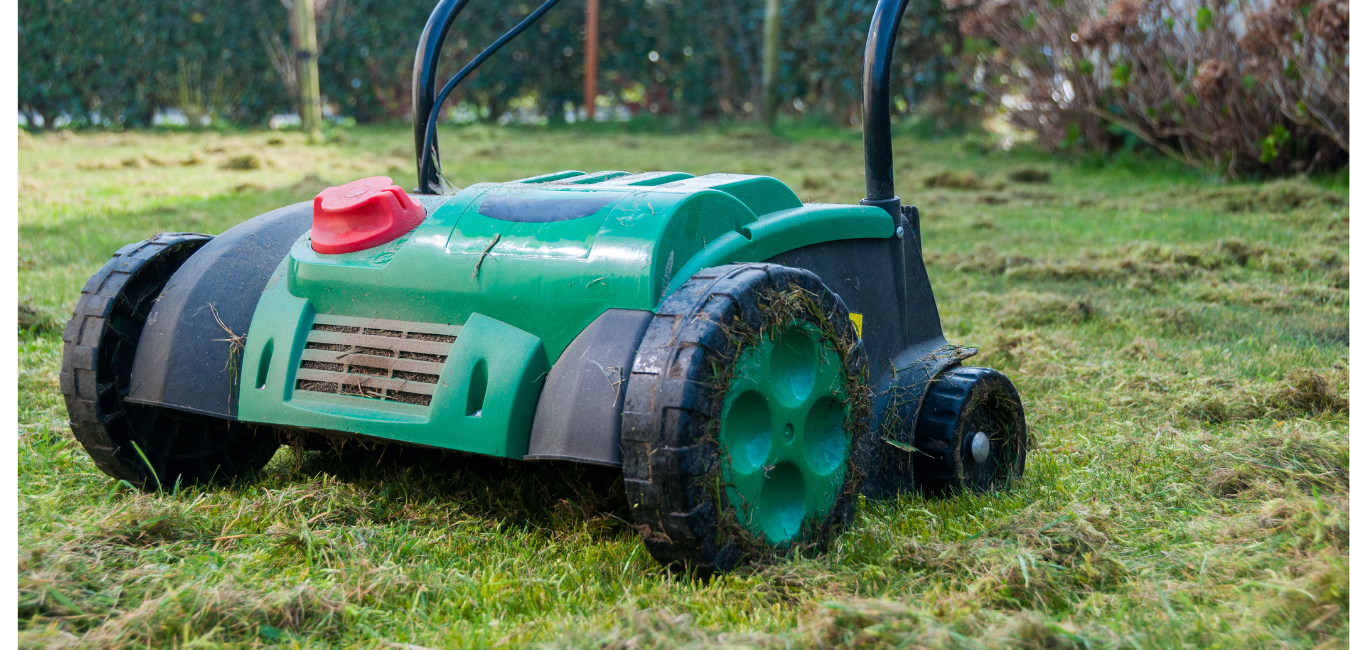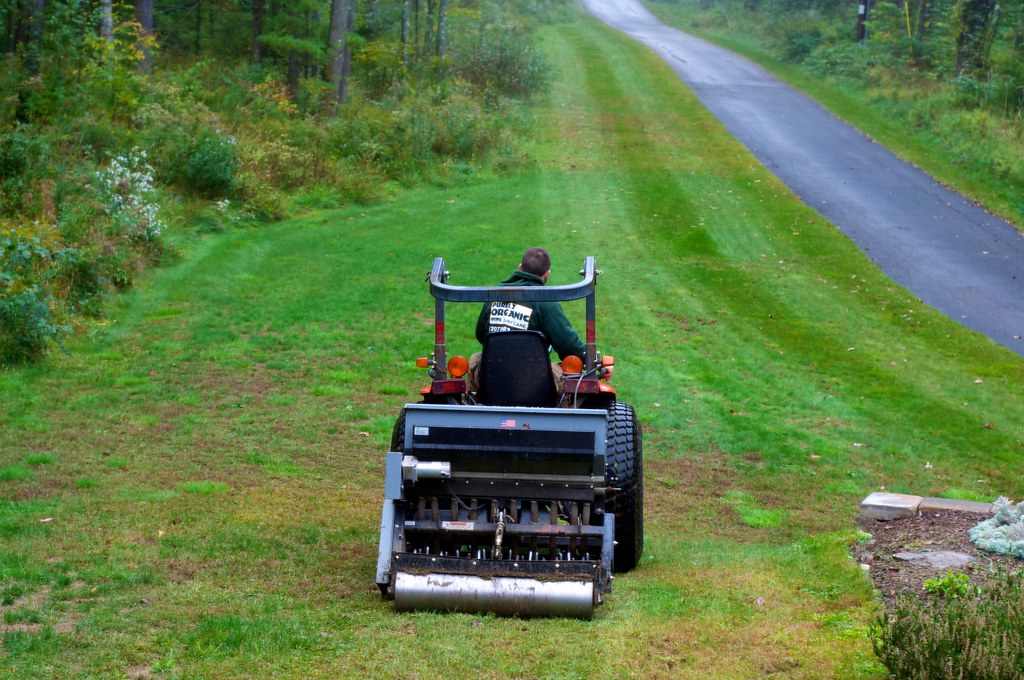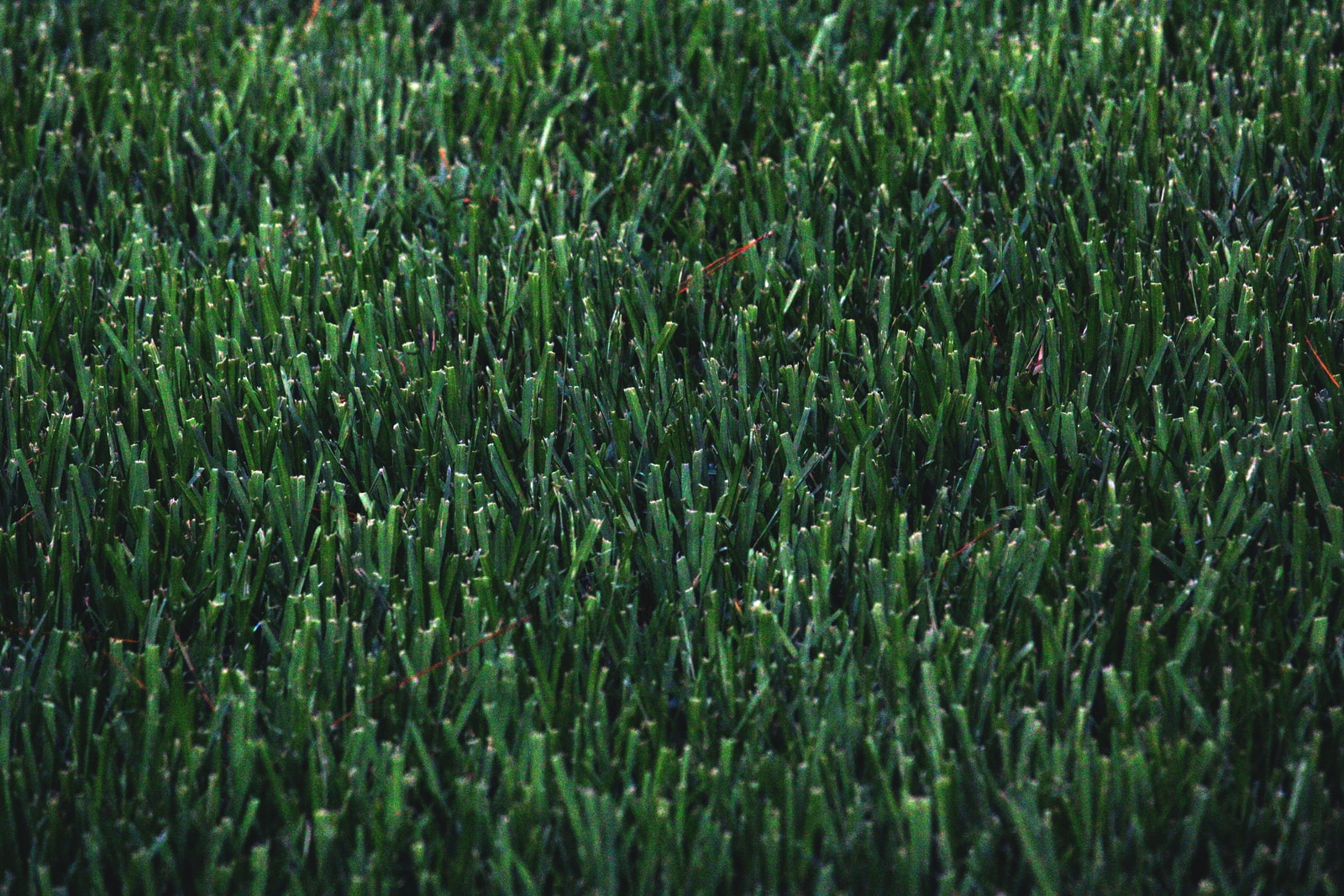A lawn aerator is a popular garden tool designed to create holes in the soil to help lawn grasses grow. In compacted lawns, aeration helps in improving the soil drainage and encourages worms, microfauna and microflora which require oxygen. Aerators can be practice once a year in the fall (September or October, and sometimes even in November) if you have cool-weather grass like fescue that grows vertically.
Table of Contents
Different types of lawn aerators
Solid tines
Solid tines, also known as spikes or pencil tines, are the most frequent form of tines used to aerate the lawn. A garden fork is a good example of solid tines. Ground conditions allowing, these tines can be used at any time of year. They’re especially useful in the summer when shallow spiking (also known as sorrel rolling) is commonly utilised to keep the lawn surface open. This keeps the upper soil profile aerated and allows rain and irrigation water to penetrate deeper into the soil, where it is most required.
Slit tines
They are flat tines with knife-like edges. They’re especially useful in the fall because they prune the roots, which encourages them to grow stronger. Deep slitting should be avoided in the summer since the tine holes are prone to splitting open due to severe dryness.
Hollow tines
They are also known as coring, hollow tining is best done in the autumn, though it can also be done in the spring. A hollow tube is pushed or punched into the soil profile by hollow tines. The tine removes a little clog from the lawn each time it enters the earth. Coring is an excellent way to manually remove the thatch covering.
There are three methods for aeration in the activated sludge process:
- Diffused air aeration
- Mechanical aeration
- Combine aerator
Aerating Tools
A spike aerator is the most common aerating tools. With a spike aerator, you simply use a firm tine or fork to puncture holes into the earth. A plug aerator is also a lawn aerator that removes a core or plug of grass and soil. Use an aerating tool or equipment that removes dirt plugs for the greatest results. Poking holes in the ground seem ineffective and may promote more compaction in the area around the hive.
How to aerate your lawn
Before aerating the lawn many things can do in preparing to ensure that the aeration is as effective as possible. Firstly, cut down the grasses of the lawn low the day before, and scarify your lawn if it is in particular need of work. It may sometimes help to re-cut the grasses of the lawn after scarification to clear any resulting debris. It is also suggested to water the grass the day before if the soil is dry and there are no rain showers likely to help with moistening the soil for aeration.
When is the best time to aerate?
The best time for aeration is during the budding season when the grass can heal and fill in any open areas after soil plugs are removed. Soil plugs are 5cm chunks of turf that may be removed from the lawn when you aerate. This is not a problem. Ideally, aeration of the lawn when the season is cold in the early spring or autumn and when the season is hot in the late spring.
How often should you aerate your lawn- once per year.
Signs You Need To Aerate the Lawn-
- When you see water puddling on the lawn after rain.
- When your vehicles driving or parking on the lawn.
- A half-inch thick covering of thatch.
- Sticking a screwdriver or a pencil into the earth is difficult.
- Soil that is heavy in clay
- Grass that is thin, sparse, or barren.
- Lawns with dense Clover stands
- If your yard has never been mowed before
Benefits of aerating a lawn
- It helps to remove mild thatch.
- This technique helps the roots to grow properly and deeper.
- The technique makes the lawn more vigorous and drought resistant.
- Through this, it can reduce the compaction of the lawn soil.
- It may allow the air to exchange between the soil and atmosphere.
- It helps to improve the penetration of water into the soil.
- The aeration makes a uniform distribution of fertilizer and nutrients.
- It improves the root system of lawn grass.
- It increases the breakdown of thatch problem.
- It protects soil from surface runoff by over water.
- It loosens the soil from compaction.
- It also makes strengthen turfgrass roots.
- It tries to enhance the heat and drought stress tolerance of your lawn.
What Are Aeration’s Advantages?
Aeration can help your lawn in a variety of ways, including:
- Aeration allows oxygen, water, and nutrients to move through and reach the roots by breaking up compacted soil layers. A single aeration service can allow these essentials to reach the roots of your lawn, restoring it to its former glory.
- It lowers the likelihood of thatch formation.
- It will produce the ideal conditions for overseeding.
- In stressful environments, such as heat and limited rainfall, lawns struggle. Aeration can prevent your lawn from becoming thinning and withering.
The following tips can be considered when deciding between renting or buying a lawn aerator:
- Size of lawn – Smaller lawns can usually be handled with a rental, but bigger lawns that require a riding mower can benefit from acquiring a pull-behind aerator.
- Frequency of aeration – Aerating heavily compacted soil more frequently is beneficial, making purchasing an aerator a better option than renting.
- Cost over time – Consider the cost of renting versus buying equipment over five years, as well as the frequency of use.
- Ability to pick up and return rentals – If you’ll have to borrow a pickup truck or trailer every time you rent, buying might be a better option.
- Distance from a rental location – Finally, think about how close you are to a rental centre. Buying may be the preferable option depending on the distance.
